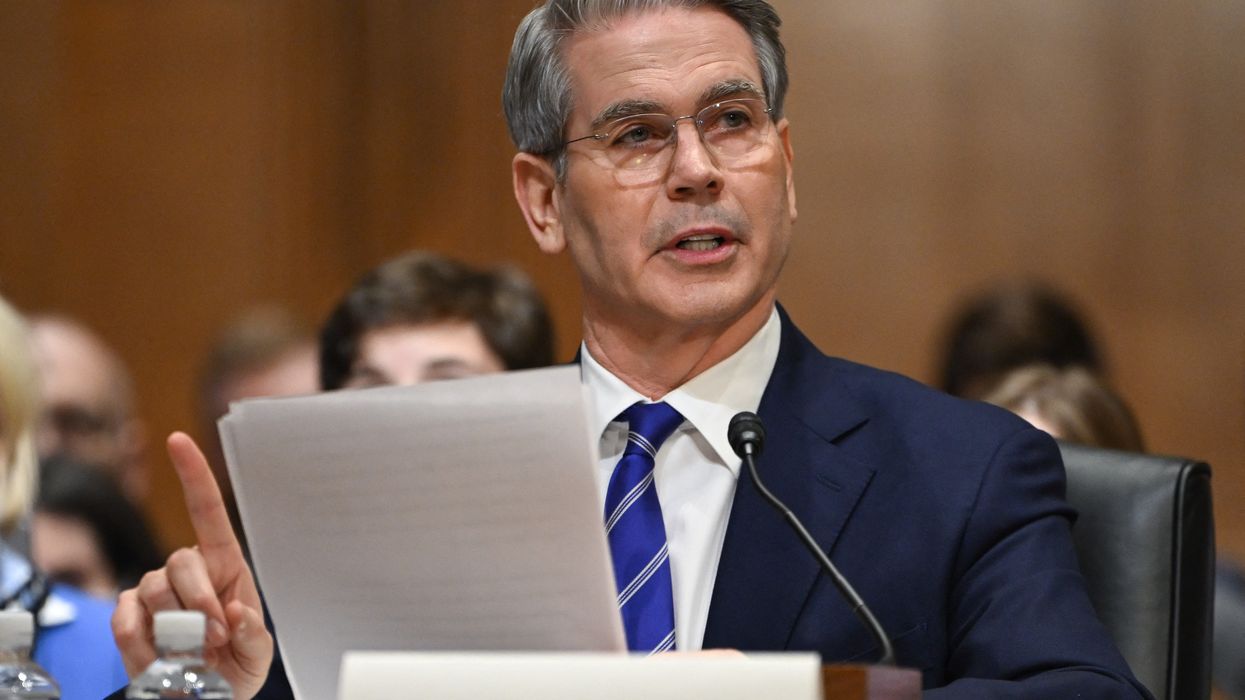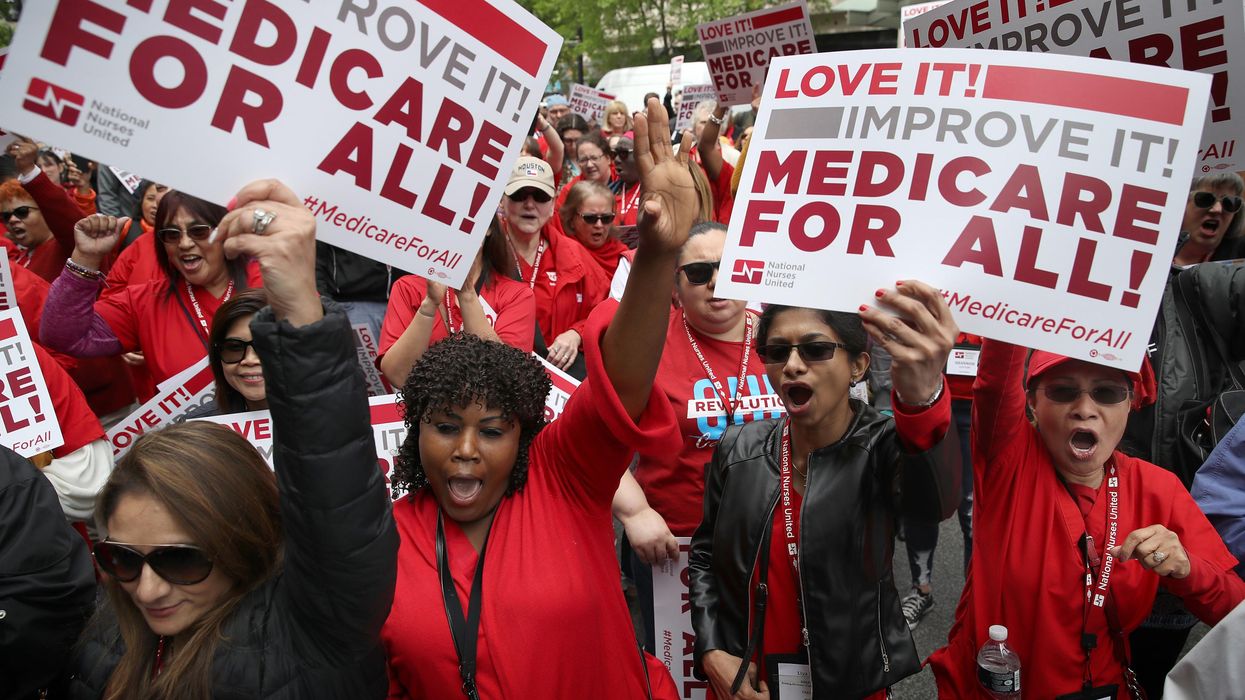The Journal of the American Medical Association (JAMA) recently published a paper which found:
Private equity acquisition was associated with increased hospital-acquired adverse events, including falls and central line–associated bloodstream infections, along with a larger but less statistically precise increase in surgical site infections.
This should not come as a surprise. Private equity firms in general operate as follows: They raise funds from investors to purchase enterprises using as much borrowed money as possible. That debt does not fall on the private equity firm or its investors, however. Instead, all of it is placed on the books of the purchased entity. If a private equity firm borrows money and buys up a nursing home or hospital chain, the debt goes on the books of these healthcare facilities in what is called a leveraged buyout.
To service the debt, the enterprise’s management, directed by their private equity ownership, must reduce costs, and increase its cash flow. The first and easiest way to reduce costs is by reducing the number of staff and by decreasing services. Of course, the quality of care then suffers. Meanwhile, the private equity firm charges the company fees in order to secure its own profits.
With so much taxpayer money sloshing around in the system, hedge funds also are cashing in.
An even larger study of private equity and health was completed this summer and published in the British Medical Journal (BMJ). After reviewing 1,778 studies it concluded that after private equity firms purchased healthcare facilities, health outcomes deteriorated, costs to patients or payers increased, and overall quality declined.
One former executive at a private equity firm that owns an assisted-living facility near Boulder, Colorado, candidly described why the firm was refusing to hire and retain high-quality caregivers: “Their position was: We are trying to increase our profitability. Care is an ancillary part of the conversation.”
Congress passed the Medicare Advantage program in 2003. Its proponents claimed it would encourage competition and greater efficiency in the provision of health insurance for seniors. At the time, privatization was all the rage as the Democratic and Republican parties competed to please Wall Street donors. It was argued that Medicare, which was actually much more efficient than private insurance companies, needed the iron fist of profit-making to improve its services. These new private plans were permitted to compete with Medicare Part C (Medigap) supplemental insurance.
In 2007, 19% of Medicare recipients enrolled in Medicare Advantage plans. By 2023 enrollment had risen to 51%. These heavily marketed plans are attractive because many don’t charge additional monthly premiums, and they often include dental, vision, and hearing coverage, which Medicare does not. And in some plans, other perks get thrown in, like gym memberships and preloaded over-the-counter debit cards for use in pharmacies for health items.
How is it possible for Medical Advantage to do all this and still make a profit?
According to a report by the Physicians for a National Health Program, it’s very simple—they overcharge the government, that is we, the taxpayers, “by a minimum of $88 billion per year.” The report says it could be as much as $140 billion.
In addition to inflating their bills to the government, these HMO plans don’t pay doctors outside of their networks, deny or slow needed coverage to patients, and delay legitimate payments. As Dr. Kenneth Williams, CEO of Alliance HealthCare, said of Medicare Advantage plans, “They don’t want to reimburse for anything — deny, deny, deny. They are taking over Medicare and they are taking advantage of elderly patients.”
Enter Hedge Funds
With so much taxpayer money sloshing around in the system, hedge funds also are cashing in. They have bought large quantities of stock in the healthcare companies that are milking the government through their Medicare Advantage programs. They then insist that these healthcare companies initiate stock buybacks, inflating the price of their stock and the financial return to the hedge funds. Stock buybacks are a simple way to transfer corporate money to the largest stock-sellers.
(A stock buyback is when a corporation repurchases its own stock. The stock price invariably goes up because the company’s earnings are spread over a smaller number of shares. Until they were deregulated in 1982, stock buybacks were essentially outlawed because they were considered a form of stock price manipulation.)
United Healthcare, for example, is the largest player in the Medicare Advantage market, accounting for 29% of all enrollments in 2023. It also has handsomely rewarded its hedge fund stock-sellers to the tune of $45 billion in stock buybacks since 2007, with a third of that coming since March 2020. Cigna, another big Medicare Advantage player, just announced a $10 billion stock buyback.
These repurchases are also extremely lucrative for United Healthcare’s top executives, who receive most of their compensation through stock incentives. CEO Andrew Witty, for example, hauled in $20.9 million in 2022 compensation, of which $16.4 million came from stock and stock option awards.
Those of us fighting for Medicare for All have much in common with every worker who is losing his or her job as a result of leveraged buyouts and stock buybacks.
A look at the pharmaceutical industry shows where all this is heading. Between 2012 and 2021, fourteen of the largest publicly traded pharmaceutical companies spent $747 billion on stock buybacks and dividends, more than the $660 billion they spent on research and development, according to a report by economists William Lazonick and Öner Tulum. Little wonder that drug prices are astronomically high in the U.S.
And so, the gravy train is loaded and rolling, delivering our tax dollars via Medicare Advantage reimbursements to companies like United Healthcare and Big Pharma, which pass it on to Wall Street private equity firms and hedge funds.
It’s Not Just Healthcare
In researching my book, Wall Street’s War on Workers, we found that private equity firms and hedge funds are undermining the working class through leveraged buyouts and stock buybacks. When private equity moves in, mass layoffs (just like healthcare staff cuts and shortages) almost always follow so that the companies can service their debt and private equity can extract profits. When hedge funds insist on stock repurchases, mass layoffs are used to free up cash in order to buy back their shares. As a result, between 1996 and today, we estimate that more than 30 million workers have gone through mass layoffs.
Meanwhile, stock buybacks have metastasized throughout the economy. In 1982, before deregulation, only about 2% of all corporate profits went to stock buybacks. Today, it is nearly 70%.
Those of us fighting for Medicare for All, therefore, have much in common with every worker who is losing his or her job as a result of leveraged buyouts and stock buybacks. Every fight to stop a mass layoff is a fight against the same Wall Street forces that are attacking Medicare and trying to privatize it. Creating a sane healthcare system, therefore, will depend on building a massive common movement to free our economy from Wall Street’s wealth extraction.
To take the wind out of Medicare Advantage and Wall Street’s rapacious sail through our healthcare system, we don’t need more studies. It’s time to outlaw leveraged buyouts and stock buybacks.



